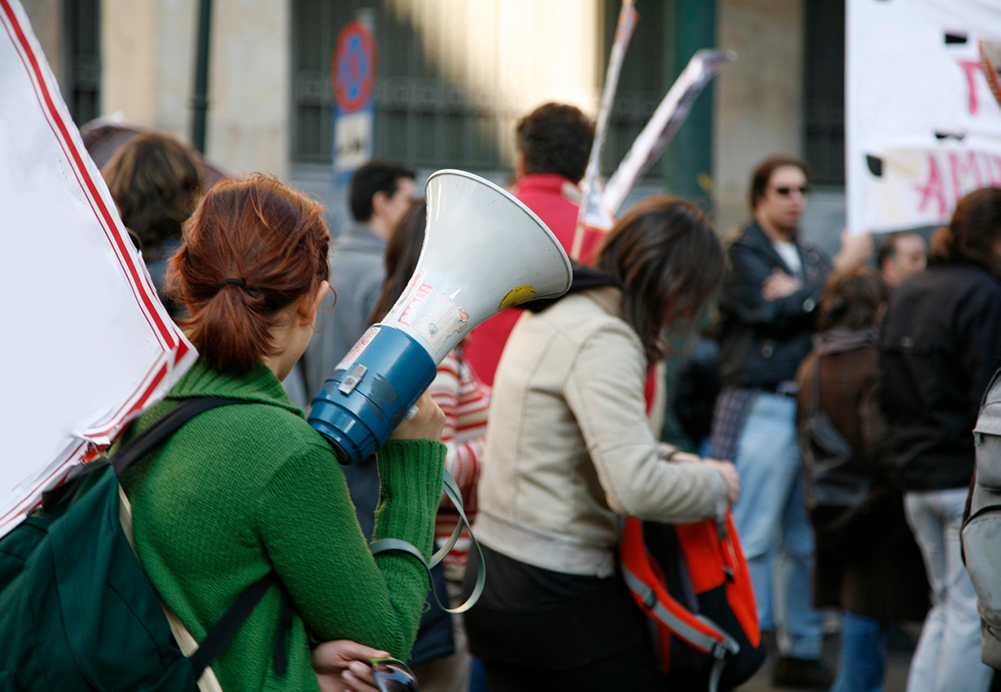Colleges in places like Middlebury, far from the ‘real world,’ were once safe spaces for inquiry.
What’s wrong with college students? That was the question again on everyone’s minds after last week’s episode at Vermont’s Middlebury College, where social-justice warriors ran scholar Charles Murray off campus. A left-wing Middlebury professor who thought Mr. Murray had the right to express his views was injured escaping the student mob.
People across the political spectrum seem to agree on an explanation for what’s happening on campuses throughout the country: It’s “the bubble.”
In Boston Magazine, Sarah Lawrence College professor Samuel Abrams warned of the “tiny bubbles of liberalism” that tend to form at small liberal-arts schools. Berry College political scientist Peter Lawler wrote on National Review’s website that “our elite colleges—despite their official commitment to diversity—are pretty much all part of the bubble.” Middlebury students and faculty, Mr. Lawler added, could have benefited from Mr. Murray’s diagnosis of their bubble’s “distinctive prejudices.”
Some campus activists have criticized Middlebury for being a bubble of “white privilege.” In 2014, a student writing under the pseudonym “Princess of Color” complained about “the harsh lack of racial and socioeconomic diversity” at the school. Prior to Mr. Murray’s campus visit, another student alleged that Middlebury students and faculty were “comfortable living in a complicit bubble of racism” thanks to their “white fragility.”
Last year students at the college were required....
Read the entire piece here at The Wall Street Journal
______________________
James Piereson is president of the William E. Simon Foundation and a senior fellow at the Manhattan Institute. Ms. Riley is a senior fellow at the Independent Women’s Forum.
This piece originally appeared in The Wall Street Journal
